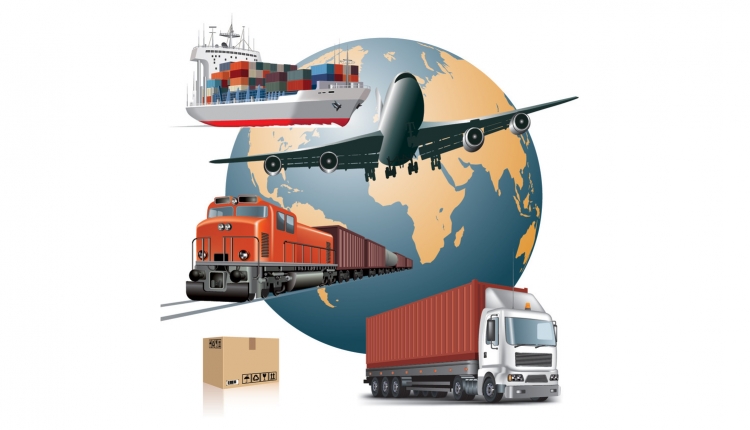Editor’s note: This article is part of a three-part series on A Day in the Life of a Parcel. Parts one and two discussed several innovations in the early stages of the parcel lifecycle, including packaging, labeling and efficiency improvements for the carrier. This segment covers game-changing innovations in the last mile and return logistics.
Most packages are delivered by a carrier to a residence or retail location. However, today’s busy consumer is often unavailable to pick up the package during normal retail hours or to sign for it at their home. And, in some areas, packages delivered without signature can disappear at the hands of a modern “porch pirate.”
Additionally, the packages delivered to university and corporate campuses are overwhelming the mailrooms, many of which are unequipped to deal with today’s high volumes due to the popularity of e-commerce. Packages take up valuable space waiting for recipients to claim them, and the location and operating hours of many mailrooms are not convenient to students and staff on campus.
Interestingly, a new delivery-point solution developed in Europe is beginning to gain traction in the United States and Canada.
Smart lockers, or intelligent parcel terminals, are internet-enabled freestanding kiosk systems that can notify the recipient by a simple text message that their package is waiting for pickup at a specific locker location. Once there, the consumer merely scans the provided barcode or QR code from a text message to retrieve their package. This solution addresses inconvenient delivery challenges and package theft.
One of the most promising new innovations in the smart-locker space is PackRobot, an automated intelligent parcel terminal developed by Estonian technology company Cleveron. PackRobot combines sophisticated robotics and a dynamic shelving system into a climate-controlled outdoor enclosure with capacity for up to 500 packages, bringing dramatic efficiency gains to this already convenient solution. And in this case, PackRobot accomplishes all of that within a relatively small footprint of 2.5 meters by 3.4 meters.
It’s Not Over ‘Til It’s Over
Finally, one area we are discovering that introduces several challenges, due to its predominantly manual process, is product returns and reverse logistics. As we were exploring applications for our mailing technologies in the parcel world, we stumbled onto one application I think is fascinating: mobile phone returns.
Currently, high-performance vision systems are widely used for very high-speed image capture, recognition, decoding and high-integrity assurance in transactional mail applications.
In this example, the reverse logistics processor uses the same precision vision systems to reduce the process of capturing the International Mobile Equipment Identity (IMEI) number from smartphones from five minutes down to 20 seconds – even in what remains a fairly manual process. I expect that introducing automated transport into this application will soon bring that down further. So this one application is itself a 15x improvement over the current manual process.
Recapping the Journey
Following its initial online purchase, we have followed the parcel from its point of origin at the warehouse and distribution facility, through high-speed packaging and labeling, through automated sorting and transport by a carrier network, and finally to the last mile where it can be deposited and retrieved safely and securely. Imagine all of this happening within the course of one day. That is the reality we are moving toward.
Cascading the improvements from all these innovations into one workflow is truly game-changing, and is adding new value in the economics of supply chain and logistics. It sure is an exciting time for e-commerce and logistics throughout the world.
Ramesh Ratan is CEO of Bell and Howell. He can be reached at Ramesh.Lakshmi-Ratan@bhemail.com.









